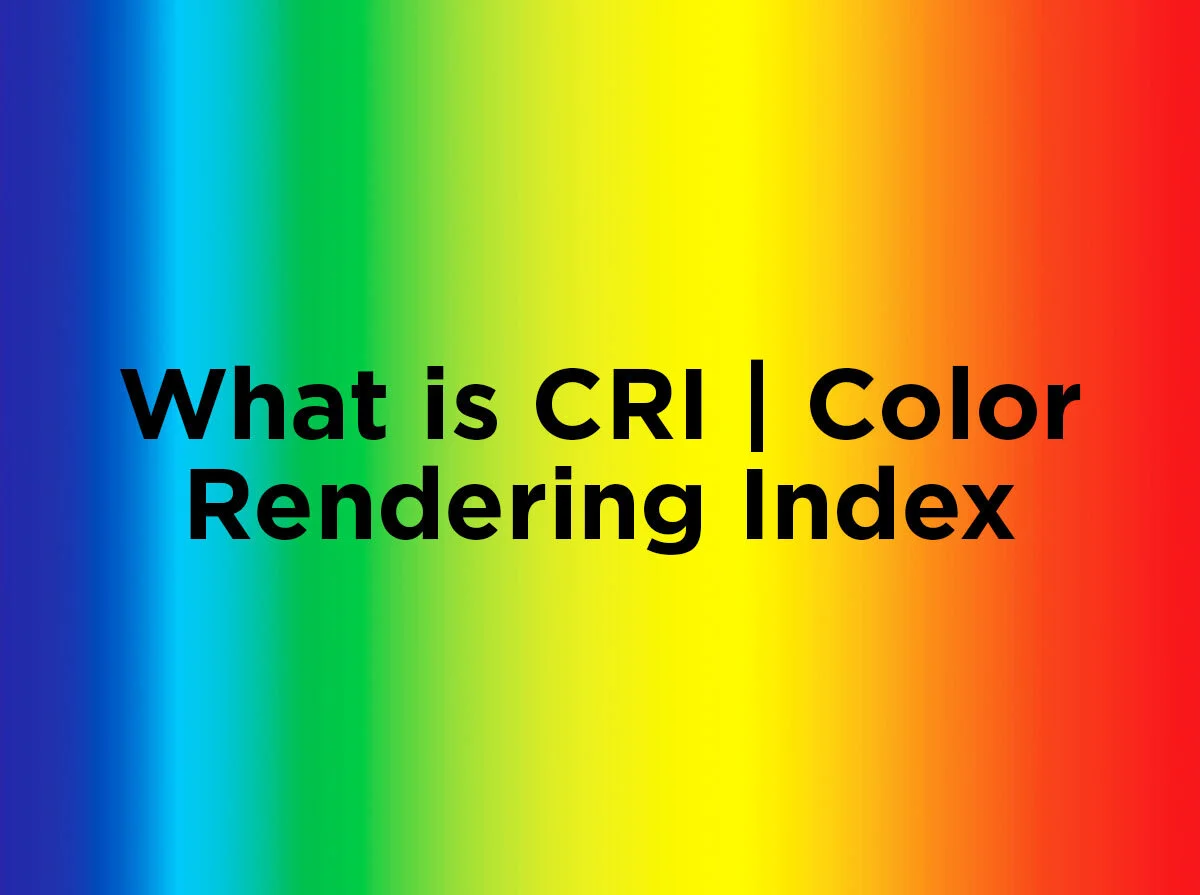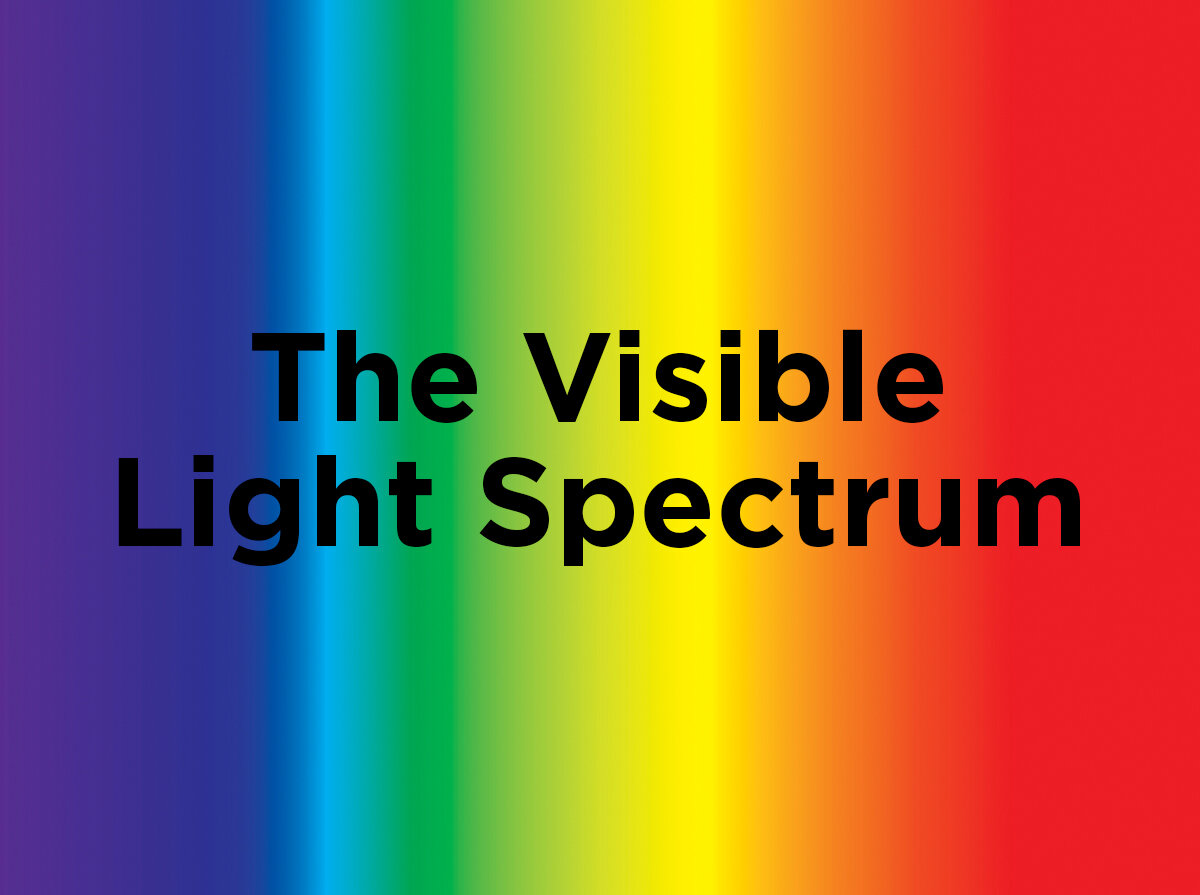Does Color and Whiteness Rendering Matter?
Soraa, the LED lighting company who is best known for its line of high quality MR16 LED light bulbs, has concluded a research venture with Pennsylvania State University measuring the importance of color-rendering. As it turns out, efficacy isn’t the only spec worth looking at when choosing a new light source—the quality of the light should be considered as equally important. Test subjects in the study widely preferred the performance of Soraa LEDs over standard LEDs when illuminating colors and white objects.
The study asked 48 participants to compare their perceptions of colored objects, a white shirt, human skin, and teeth under the two light sources. Across the series of experiments, the majority of participants strongly favored the way objects looked under the Soraa LEDs. So what makes Soraa LEDs so special?
Although Soraa LEDs have a near perfect color-rendering index (CRI) of 97 while standard LEDs typically offer a CRI of around 85, any light source with a higher color-rendering index would be expected to outperform a light source with a lower color-rendering index. The main reason participants preferred Soraa lighting was because Soraa has developed color-enhancing technology that goes beyond the standard CRI metric. To understand this technology, here’s a little science.
The spectrum of colors that LEDs are able to emit is determined by the elements used to create them. Different colors result from different elements. For example, combinations of Aluminum, Indium, Gallium, and Phosphorous are typically used in LEDs that emit red, orange, or yellow light and combinations of Indium, Gallium, and Nitrogen are used in LEDs which produce green or blue light. There is no such thing as a white LED chip that emits white light. Most “white” LEDs actually result from a blue LED chip coated in a yellow phosphor. Through a process called metamerism, our brain and eyes perceive the two different but complementary colors as “mixing” to “create” a third complementary color—in this case, white.
The important distinction here is that standard LEDs based on a blue chip cannot emit light in a violet wavelength –and are therefore not full-spectrum light sources. Violet-based LEDs, however, are. While standard LEDs use a blue source and a two-phosphor mix to produce color, Soraa LEDs use a violet source and a three-phosphor mix to produce light across the entire visible spectrum. This violet-range spectrum is necessary for accurate color perception in general, but is most dramatic when rendering whites. In the study, the perception of white objects including the subjects’ own teeth was properly rendered by Soraa’s violet-based LED and not by the blue-based LED, which is missing emission in the violet wavelength regime.
"There are those who’ve asked: does color and whiteness rendering really matter? Well, it does, and we now have the data to prove it," says Mike Krames, Soraa CTO.
Krames also says that a profound outcome of the study was highlighting the LED industry’s lack of a metric for whiteness rendering. If you look at the results of the research, summarized in a blog post by Krames, the strongest consensus on the Soraa LEDs was for the white objects. “The good news is that IES (Illuminating Engineering Society) is beginning to look at whiteness, too, and improved understanding and metrics are on their way for both color and whiteness rendering, and will be revealed in the fullness of time.”
Nonetheless, the LED technology for whiter whites is already available today in Soraa products with VP₃ Natural White and VP₃ Vivid Color technology. If you’re looking for a light that produces brighter whites along with more vivid colors, Soraa LEDs are the light source for you.







